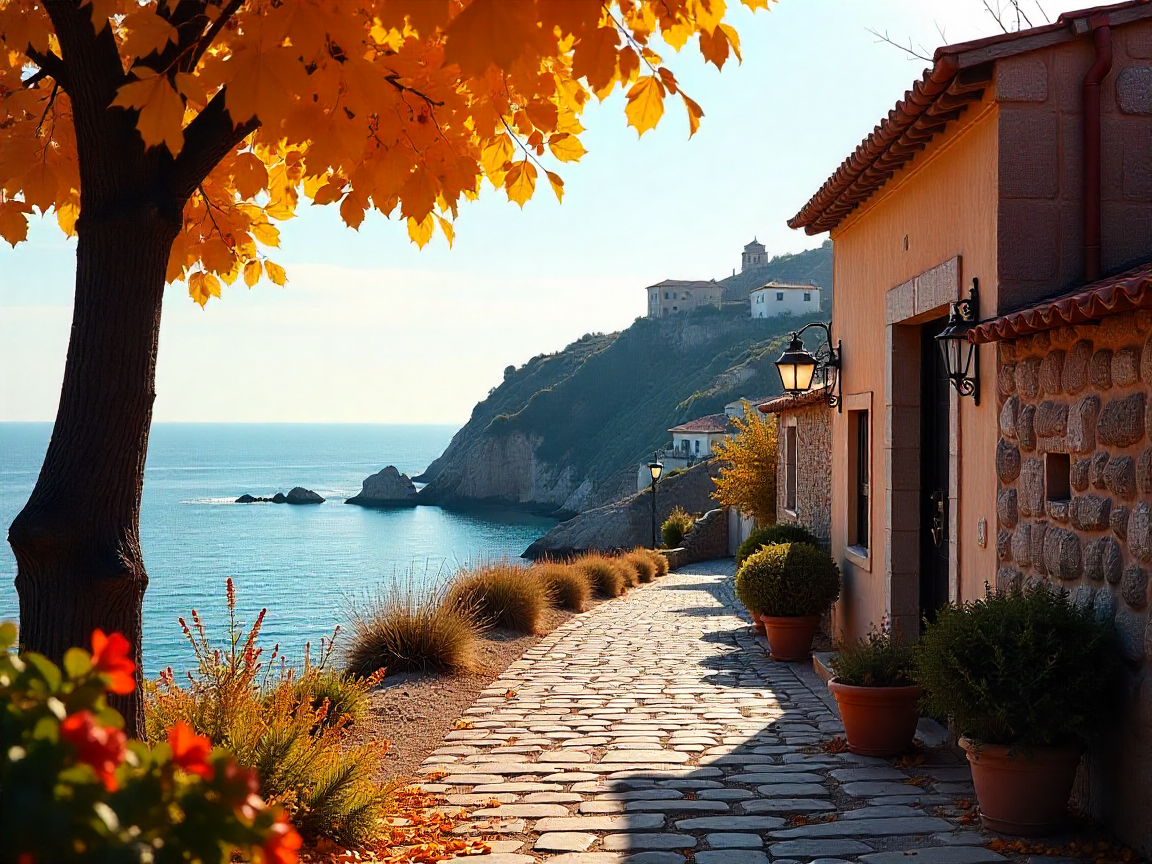The upcoming total solar eclipse occurring on August 12, 2026, presents a magnificent opportunity for skywatchers and travelers alike. Spanning across notable locations like Greenland, Iceland, and Spain, this celestial event warrants meticulous planning to fully embrace its wonder.
Why Location Matters
To properly experience totality during this eclipse, being positioned within the narrow path of totality is crucial. This is the area where the moon entirely conceals the sun, allowing spectators to witness the dazzling solar corona. Even remnants of sunlight eclipsed at 99% will detract from the overarching phenomenon.
In Greenland, the unique landscape and potential for cruising add a touch of adventure to the eclipse viewing. Meanwhile, Iceland’s western coast offers a stunning backdrop for onlookers, with prime conditions for photography due to its unobstructed horizons. Unfortunately, in Spain, cities like Madrid and Barcelona will be just outside of the totality path, although the eclipse’s shadow dances through some of Spain’s most picturesque terrains.
As astrotourism expert Oscar Martín Mesonero points out, “Spain has beautiful rural areas that provide the perfect combination of history and natural scenery, making them excellent for an eclipse chase.” With quaint towns, ancient castles, and Roman aqueducts lining the scenery, it is highly advisable to vary your travel plans to accommodate more than just the astronomy.
Consider Cruise Options in Greenland
The scenic Scoresby Sund in Greenland will be a noteworthy destination during the eclipse, attracting numerous cruise-goers eager for the ultimate celestial experience. Getting out on a ship can present a unique perspective, although it comes with challenges in securing clear skies for viewing.
Canadian meteorologist Jay Anderson emphasizes the importance of location selection during this event. “The chances of clearer skies are generally better on land than out at sea,” he notes, adding that locating satellite images to monitor cloud cover will be vital for any vessel seeking a view of the eclipse.
With thousands expected on cruise ships during this peak time, it’s imperative to plan aboard vessels heading towards the Mediterranean or areas along northern Spain, where weather tends to be more favorable. Adventure seekers will be delighted by Greenland’s breathtaking landscapes, providing a memorable background for this once-in-a-lifetime event.
Unique Landscapes of Iceland
Iceland is also poised to impress global explorers with its rich landscapes of volcanoes and waterfalls. The totality duration here reaches approximately 2 minutes and 13 seconds, the longest on land during this eclipse. With the sun positioned ideally at 25 degrees above the southwestern horizon, visibility will not be a significant concern.
However, travelers should earmark key routes to avoid congestion as the date nears. Isolated areas in the Reykjanes Peninsula and Snaefellsnes Peninsula are popular viewing spots but expect a surge of traffic leading up to the eclipse as local residents join the rush. Be sure to plan for ample time to arrive at your desired location.
On that note, it’s advisable to keep ear to the ground for shifting weather patterns. Iceland’s famously unpredictable climate requires travelers to be adaptable—while storms may suddenly transform the scene, locals are known to say, “If you don’t like the weather, just wait five minutes.” Leverage Iceland’s solid weather forecasts, ensuring you secure a front-row seat.
The Spanish Experience
For many, Spain will be the primary destination for this eclipse, as evidenced by the diagonal path of totality stretching from Galicia to Catalonia. This marks the first total solar eclipse across Spain in over a century, with totality lasting approximately 1 minute and 44 seconds. However, factors such as geography and weather could interfere with visibility.
It’s important to note the mountainous terrain in Spain might obstruct views entirely in some regions. Using tools like Spain’s new Eclipse Viewing Map can significantly aid in finding open sightlines. Additionally, the planning phase should include accommodations due to peak vacation season arrival.
Additionally, eclipse chasers should be strategic when leaving locations post-eclipse. With potentially millions travelling back towards major cities like Madrid, it is advisable to extend stays overnight to enjoy the Perseid meteor shower, which peeks just days following the event.
Strategies from Eclipse Experts
Three critical strategies stand out for anyone considering an eclipse journey: plan ahead, monitor weather forecasts, and remain flexible. Whether experiencing the event from the icy fjords of Greenland, the rugged coast of Iceland, or the vibrant terrains of Spain, the 2026 total solar eclipse is an unforgettable moment waiting to be embraced.
Even the best reviews and thorough planning can’t rival the value of experiencing this cosmic event firsthand. With GetExperience.com, travelers have the opportunity to secure firsthand experiences from verified providers. Doing so ensures that choices cater to personal preferences while respecting budgets—after all, who wants to miss out based on unreliable information? Click GetExperience.com to book your trip for the best offers.
In conclusion, witnessing the total solar eclipse of 2026 requires thoughtful planning, awareness of locations, and adaptability to changing weather patterns. Whether it’s a last-minute adventure sailing through Scoresby Sund or appreciating Iceland’s stunning landscapes, countless travel experiences await. From adventure rafting trips for beginners to unique museum tours with live guides, broaden your horizons, and elevate your travel game. Book your experience now with GetExperience.com!

